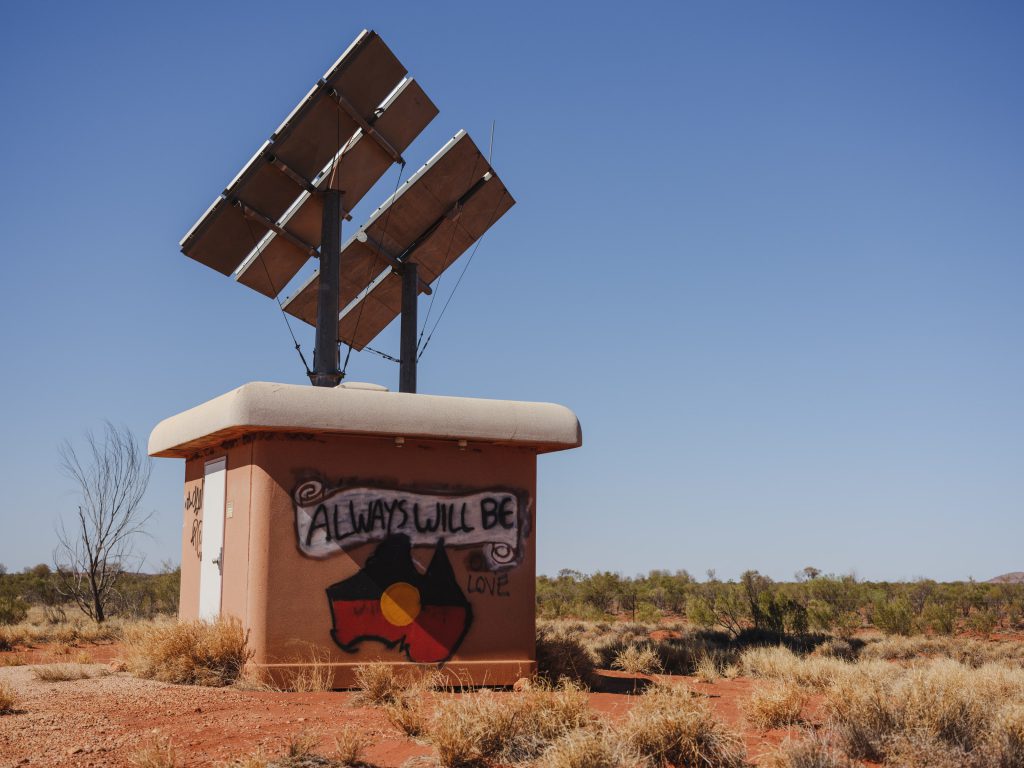The move towards online education is rapidly accelerating, but can everyone keep step with the changes? The contrast in educational content and learning techniques for the indigenous Australians may slow down the process.
Australia’s Closing the Gap National Agreement was tabled in the Australian Parliament in 2009 with the objective to overcome inequality. This means that everyone, including Aboriginal and Torres Strait Islander people, should have equal life outcomes. It is described as a revolutionary progress in terms of collaboration with the First Nations people in policy-making, and promises to recognize the cultural differences.
This new way of working requires governments to build on the strong foundations Aboriginal and Torres Strait Islander people have, through their deep connection to family, community and culture.
Closing the Gap
One of the greatest causes for such indigenous disadvantage is the vast contrast in education outcomes between Aboriginal and non-Aboriginal Australians. Out of the 16 targets listed in the agreement, 5 focus on improvement in this field.

Development or ticking boxes?
As part of their efforts to achieve this equality, the government offers grants to support organisations and projects that work to improve the societal status of the traditional land owners. But this year, it has been criticised for granting funds to support Aboriginal boys’ education. On top of the fact that the Clontarf Foundation, a non-indigenous foundation that received the grant, hasn’t actually delivered substantial results in the past, aboriginal girls were this time simply left out of the budget.
Lee Sheppard, a Djirribal woman and a PhD student studying such programs as Clontarf’s, tells the Guardian Australia that these programs that are “supposedly set up to benefit Indigenous communities were often more focused on “ticking boxes””.
Information and Communications Technologies (ICT) have been welcomed by many as the means to reach the vulnerable and disadvantaged in the society. But simultaneously, implementing ICT in various development programs such as educational projects has raised concerns among scholars by showing signs of, in fact, increasing inequalities (Heeks 2017).
Thus, I will briefly look at the existing barriers in indigenous education in two categories:
1. Access barriers
As I mentioned in my previous post, significant inequalities persist in accessing information and communication technologies in education. This is sadly also true in the case of the Indigenous Australians. Aboriginals and Torres Strait Islanders are among the lowest users of online technology and those living in rural communities sometimes have to jump through hoops to access and use the Internet (Anthony & Keating, year unknown). In fact, less than a quarter of the Indigenous households interviewed in a study by Rennie et al (2010) reported even having a computer (as cited in Anthony & Keating).
Despite this, UNESCO, among other development agencies, is strongly advocating ICT as the solution for enhancing education and cultural preservation in rural and indigenous communities.
Access can be said to consist of 3 a’s: Access, Affordability, and Ability. In a wealthy country like Australia, we tend to take online access in all its forms for granted. In rural Aboriginal communities, on the other hand, they often involve a struggle. Nevertheless, there’s concern that the distance education strategies that have proliferated during the pandemic may not be taking this digital divide into account sufficiently.
It is partly because of this assumed access to innovative technologies that Anthony and Keating argue that implementing online learning programs may in fact widen the gap in indigenous education instead of closing it.

2. Language and cultural barriers
The fact that languages spoken by small nations and minorities are slowly being overtaken by the two most common languages online, English and Chinese, is old news. But not having access to information in one’s own language can have some obvious disadvantages.
“Indigenous groups speak more than 5,000 languages in over 70 countries on six continents, which includes almost 75 % of all languages believed to exist. However, many indigenous people have limited access to basic social services such as education […]”
Recebba Clothey
In addition to the slow disappearance of languages together with the irreplaceable knowledge they carry often in oral forms, not accessing information in one’s own language affects the students’ ability to relate to the wider community. Moreover, EdTech providers tend to remove any cultural specifics in their tech-based programs in order to make them universally applicable (Lucas Walsh in Clothey 2015). This, in turn, often causes “feelings of isolation, alienation, and dissonance out of conflict with the dominant educational culture” (Sedef Uzuner 2009).
Consequently, preserving cultural values through education poses a challenge. This is especially highlighted in efforts to include Indigenous knowing in the Western educational programs we’re all familiar with. Jens Korff writes about these drastic contrasts and the dilemma they pose in his blog:
“While Western science passes on its insights with papers,” he writes, “Aboriginal culture used oral traditions such as stories, dance and ceremonies for the same purpose.”
Likewise, Winslett and Phillips (2005) warn that “some aspects of Indigenous ways of knowing may be transformed by the very act of incorporating these complex systems into Western contexts.”
Steps towards a brighter future
Although the majority of educational programs exported across the globe are still designed in North America by English natives, a positive trend can be detected. Fortunately, more and more web-based and culturally appropriate educational material is being developed in more languages. Though a lot still needs to be done to truly achieve educational equality, online translation software is one example of steps toward this goal.
However, another important step is still absent. Indigenous people need to be included in government policy making processes when it comes to education. Such inclusion is one of the demands the Aboriginal people have made during the negotiations for a treaty with the Australian government. Australia, namely, was one of the 4 countries that voted against the United Nations Declaration on the rights of Indigenous peoples. Today, it remains the only Commonwealth country without an official treaty with the traditional land owners. In the past few years, though, the treaty negotiations have resurfaced and are still ongoing.
It will be interesting to see if the accelerated creation of new, innovative online and distance learning strategies during the pandemic will create an opportunity for the developers to adequately address the cultural and access barriers Aboriginal and Torres Strait Islander people currently experience. And hopefully, some real change will be achieved through the treaty negotiations. Time will tell.
Read more about indigenous people and ICT:
ICT AND INDIGENOUS PEOPLE
FIGHTING DEFORESTATION WITH DIGITALISATION
References:
Anthony, S; Keating, M (year unknown) The difficulties of Online Learning for Indigenous Australian Students Living in Remote Communities – it’s an Issue of Access. Retrieved from http://eprints.batchelor.edu.au/378/2/anthony_keating164.html
Clothey, R (2015) ICT and Indigenous Education Emerging Challenges and Potential Solutions. ResearchGate. Retrieved from https://www.researchgate.net/publication/283803768_ICT_and_Indigenous_Education_Emerging_Challenges_and_Potential_Solutions
Uzuner, S. (2009). Questions of culture in distance learning: a research review. The International Review of Research in Open and Distance Learning, 10(3). Retrieved from http://www.irrodl.org/index.php/irrodl/article/view/690/1273
Winslett, Gregory M. and Phillips, Jean (2005) ICTs and Indigenous pedagogy: Techniques of resistance in chat rooms. In Proceedings ascilite 2005: Balance, Fidelity, Mobility: maintaining the momentum?, pages pp. 729-734, Queensland University of Technology. Retrieved from https://eprints.qut.edu.au/6951/1/6951.pdf


